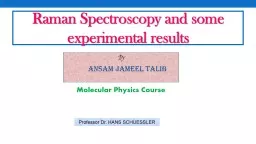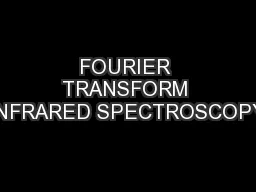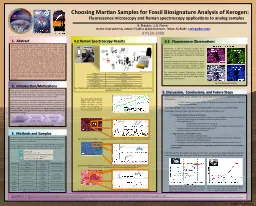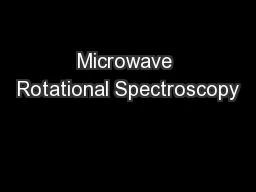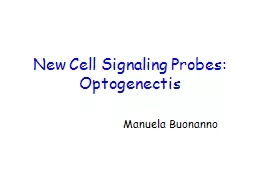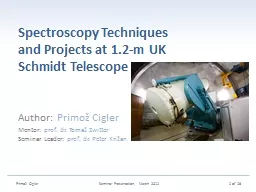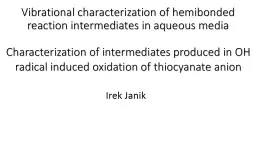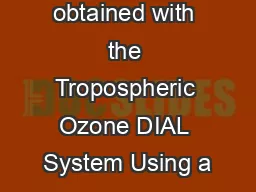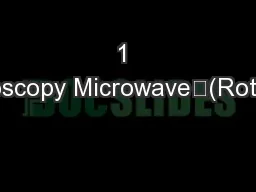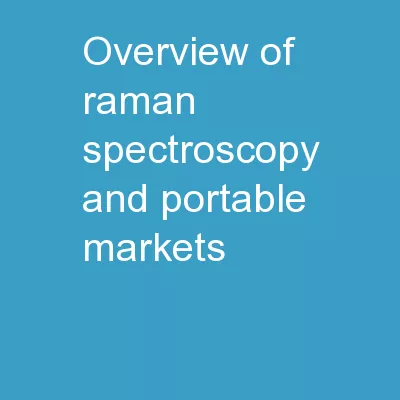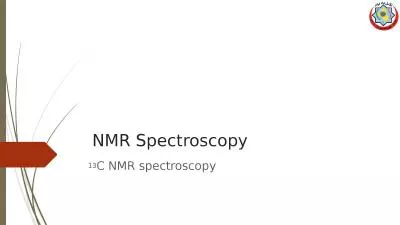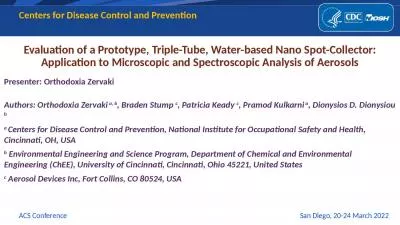PPT-Raman Spectroscopy and some experimental results
Author : mitsue-stanley | Published Date : 2016-09-19
Professor Dr HANS SCHUESSLER By Ansam Jameel Talib Molecular Physics Course History of Raman Scattering 1923 Inelastic light scattering predicted by A
Presentation Embed Code
Download Presentation
Download Presentation The PPT/PDF document "Raman Spectroscopy and some experimental..." is the property of its rightful owner. Permission is granted to download and print the materials on this website for personal, non-commercial use only, and to display it on your personal computer provided you do not modify the materials and that you retain all copyright notices contained in the materials. By downloading content from our website, you accept the terms of this agreement.
Raman Spectroscopy and some experimental results: Transcript
Download Rules Of Document
"Raman Spectroscopy and some experimental results"The content belongs to its owner. You may download and print it for personal use, without modification, and keep all copyright notices. By downloading, you agree to these terms.
Related Documents

